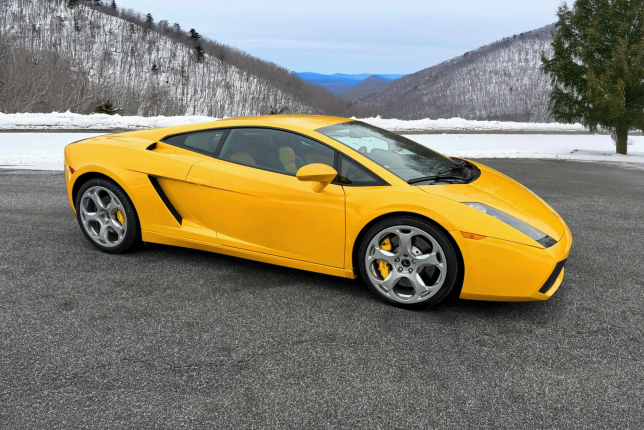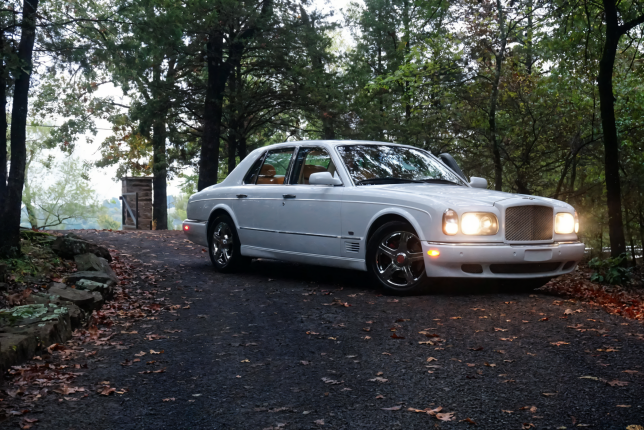1979 Porsche 911
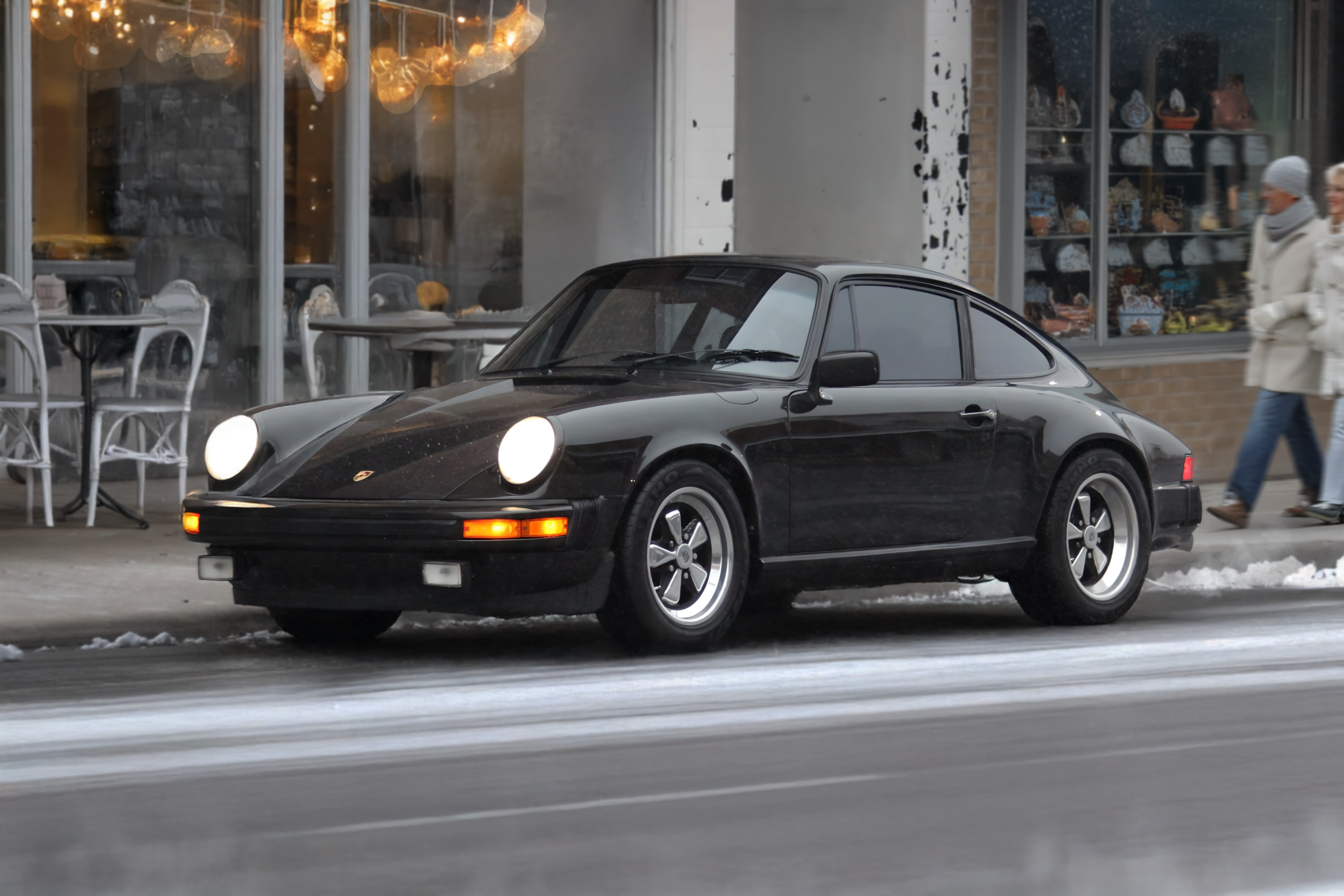
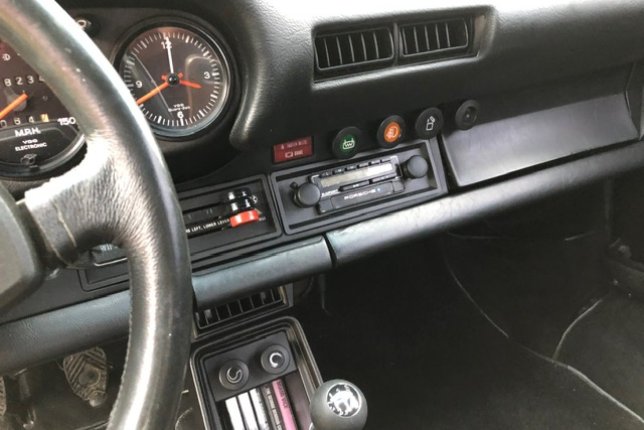
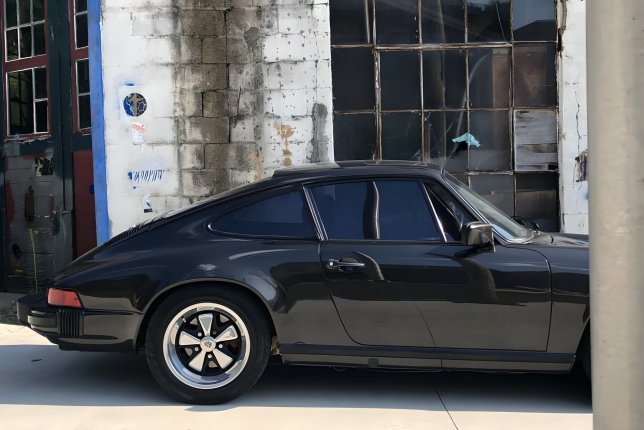
Vehicle story
The 1979 Porsche 911 SC (Super Carrera) represents a sweet spot in the classic 911 lineage, offering the raw, analog driving experience enthusiasts crave with improved reliability and usability over its predecessors. Powered by a naturally aspirated 3.0-liter flat-six engine producing 180 horsepower, the SC delivered smooth, torquey power through a robust 5-speed manual gearbox. Porsche’s decision to galvanize the chassis starting in 1976 paid off here—making the SC one of the most rust-resistant 911s of the era, contributing to its enduring legacy. With its iconic wide rear haunches, Fuchs wheels, and minimalist interior, the 911 SC carries the unmistakable DNA of an air-cooled classic. Whether cruising through mountain roads or parked at a weekend cars & coffee, the '79 SC blends timeless style, mechanical simplicity, and everyday drivability in a way few cars can match. This specimen benefits from a recent 5 year cosmetic restoration and has been maintained meticulously over it's 15 year ownership.
Engine
Factory 3.0-liter air-cooled flat-six engine producing 180 horsepower and 175 lb-ft of torque. Designated as the 930/04 for U.S. models, it features Bosch K-Jetronic CIS fuel injection, a durable aluminum crankcase, and a 5-speed manual 915 transmission. Known for its reliability and strong low-end torque, the SC delivers a 0–60 mph time of around 6.5–7.0 seconds and a top speed near 140 mph, making it one of the most well-rounded and drivable classic 911s of its era.
Wheels and tires
Original Fuchs forged alloy wheels, which were standard equipment for the model and are widely regarded as one of the most iconic wheel designs in automotive history. The car is fitted with 16-inch wheels, typically 6 inches wide in the front and 7 inches in the rear, offering a balanced and period-correct stance. Finished with black-painted centers and polished lips, the Fuchs wheels not only enhance the car’s classic aesthetic but also serve a functional purpose—their forged aluminum construction provides strength while keeping unsprung weight low, contributing to the precise handling and overall driving dynamics the 911 is known for.
Brakes
Four-wheel disc brakes, featuring ventilated rotors at all corners for improved cooling and fade resistance. It uses a dual-circuit braking system with floating single-piston calipers—a setup that was quite advanced for its time and provided strong, predictable stopping power. There’s no ABS or electronic assistance, so the brake feel is purely mechanical and very direct, giving you excellent pedal feedback and control. It’s a system that rewards smooth, confident inputs and fits the analog driving experience of the car perfectly.
Transmission
915 5-speed manual, which was standard for the era. It’s a cable-operated gearbox with a mechanical feel—shifts are deliberate and take some finesse, especially when the car is cold, but once it's warmed up, it's incredibly engaging. The gearing is well-matched to the 3.0L engine, offering strong acceleration through the lower gears and a relaxed cruising gear up top. It doesn’t have the modern synchros of later gearboxes, so smooth shifting takes a bit of technique, but that’s part of the charm—it really connects you to the car in a way newer transmissions just don’t.

 Ryan Watford
Ryan Watford 